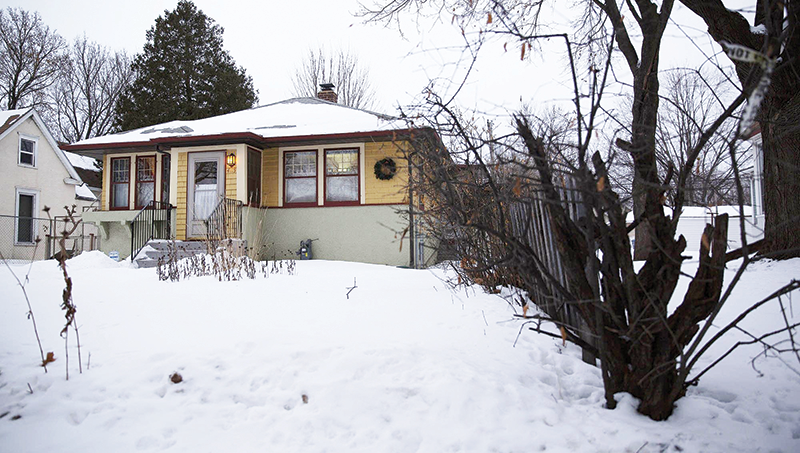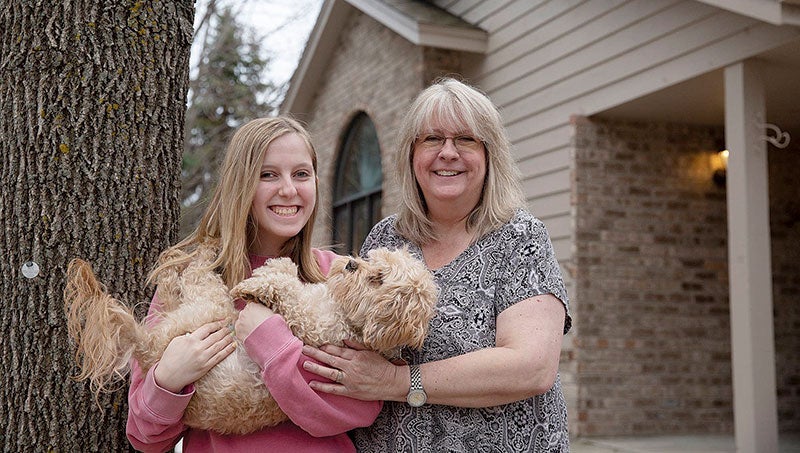Foreclosures fell in 2015 to lowest level since 2005
Published 9:51 am Thursday, February 25, 2016
By Jim Buchta
Star Tribune (Minneapolis)
Rising home prices and a stable economy are keeping mortgage defaults at bay in Minnesota.
The foreclosure rate statewide last year fell 13 percent to the lowest level since 2005, according to the Minnesota Homeownership Center. And 2015 was the second year in a row where no county had more than 1 percent of its residential parcels go through a foreclosure sale.
“If ever we were looking for final confirmation that the foreclosure crisis is over, this is it,” said Ed Nelson of the Minnesota Homeownership Center, which has been tracking the number of sheriff’s sales in every county for the past several years.
In a new report titled “Foreclosures in Minnesota,” the center reported 7,212 foreclosures statewide last year. In 2008, foreclosures peaked at around 26,000, a sharp jump from just 6,000 in 2005.
Minnesota’s healthy economy, foreclosure prevention efforts and changes in how lenders deal with struggling homeowners have all contributed to the decline.
Still, concern is growing across the state about eroding housing affordability. House prices are rising faster than incomes and that’s forcing many families to live paycheck to paycheck, and on the verge of default.
“For individuals struggling with their mortgage, and there are still thousands out there, the crisis is never over,” Nelson said. “Those families are still in crisis and need assistance and that’s why we’re here to keep them from becoming a statistic.”
Josh Fuhrman, senior vice president of business development and external relations for the Homeownership Preservation Foundation, said that nationwide the crisis is far from over.
The Twin Cities-based organization, which provides financial counseling nationwide, gets 25,000 to 30,000 calls a month from people who are in some state of financial crisis. Fuhrman said that half the calls are from people who are current on their mortgage but concerned about going into default.
The primary issue for those at risk of falling behind is still wages. Workers who once were able to rely on overtime wages to pay the mortgage aren’t getting those extra hours. And many of the people who lost their jobs are back to work, but at a lower wage.
“New jobs don’t pay as much as the previous ones,” he said.
Fuhrman said that as the Making Homes Affordable program, which was established to help manage the crisis, is being phased out, creating the possibility of a second wave of foreclosures across the country.
Data released this week by CoreLogic shows that in the Twin Cities metro, far fewer people are falling behind on their mortgages and the delinquency rate remains far lower than the national average. During December, 1.7 percent of all mortgage loans were 90 days or more days late on their payments. That’s compared with 2.3 percent for the same period a year earlier.
During the same period, 0.39 percent of all outstanding mortgage loans were in some state of foreclosure, down 0.16 percentage points compared with the previous year and far lower than the national foreclosure rate of 1.2 percent.
Distributed by Tribune Content Agency, LLC.



